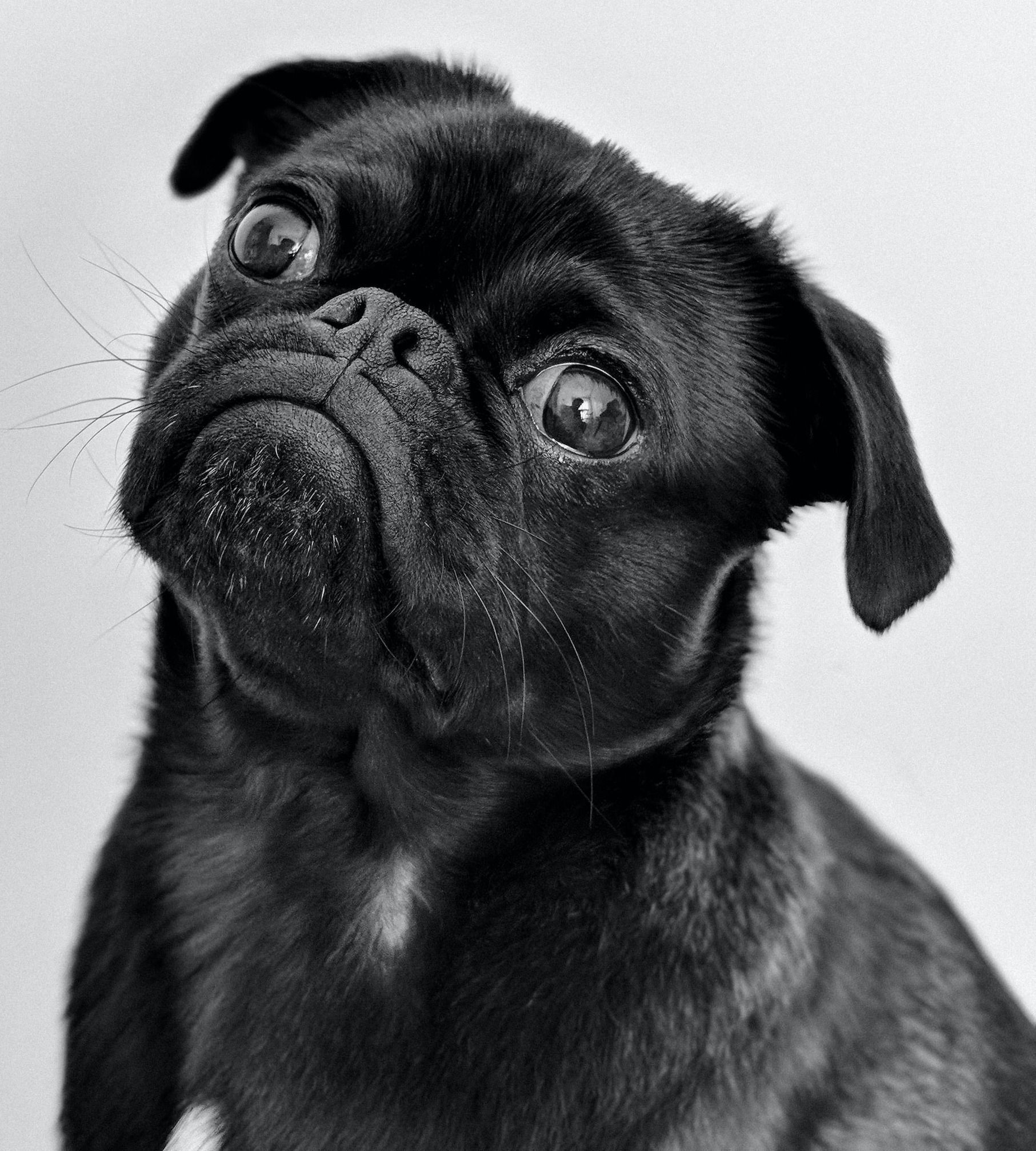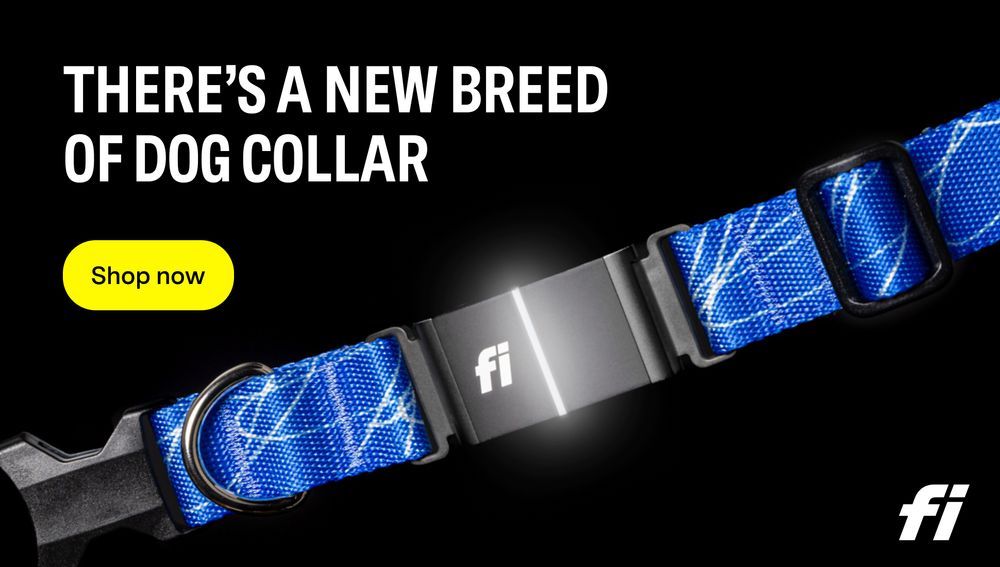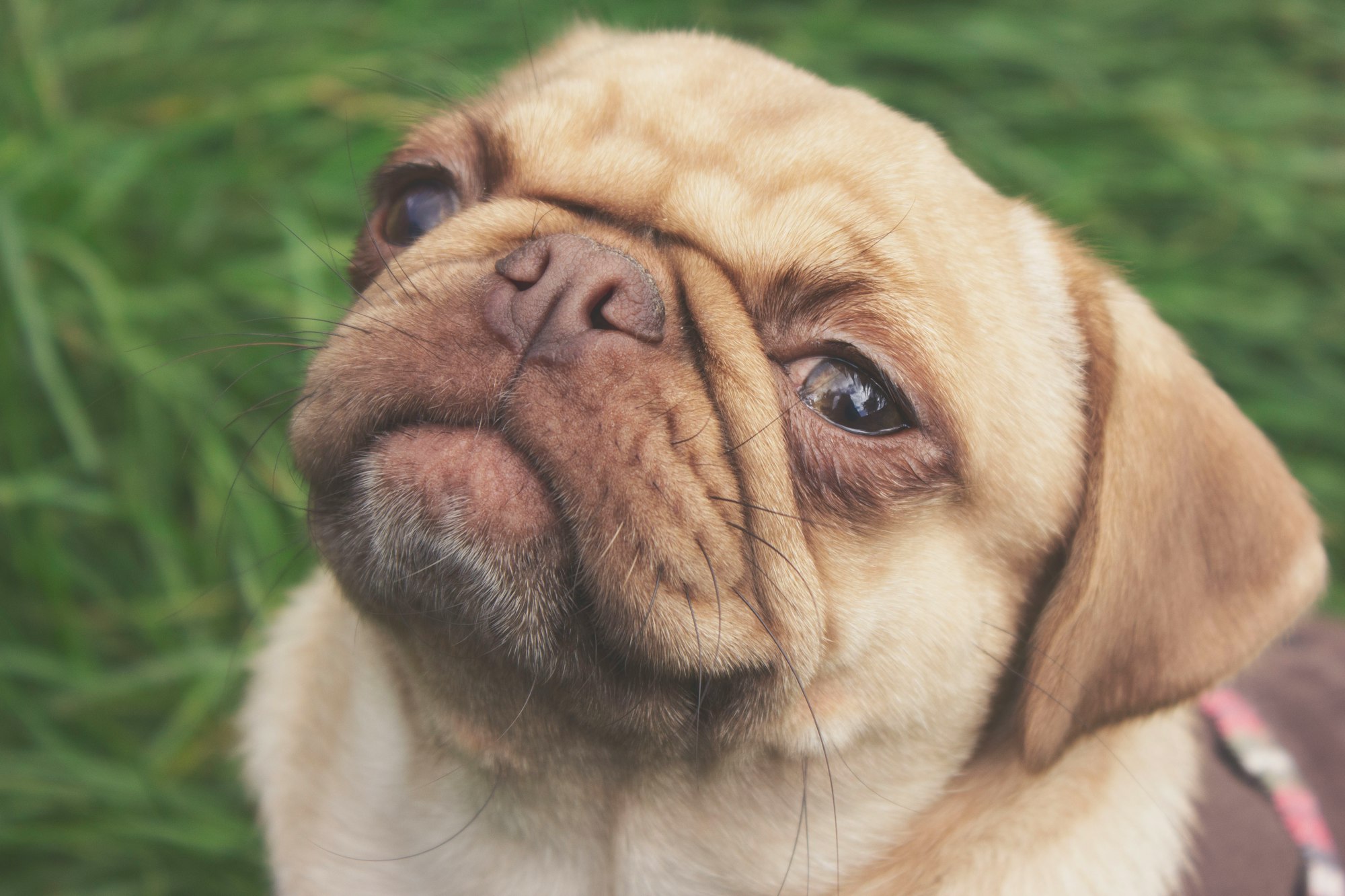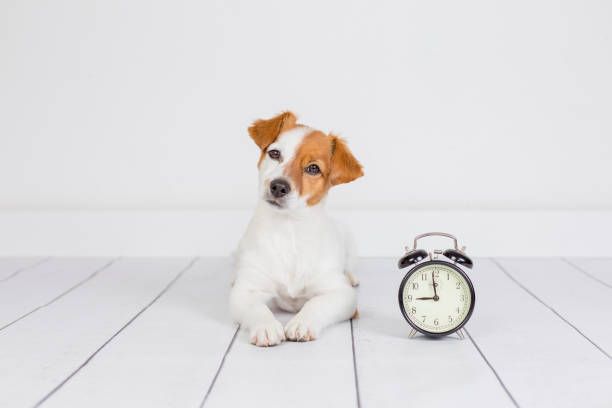Whiskers, or vibrissae, are specialized sensory hairs found in various animals, including cats, seals, and rodents. They are long, stiff hairs that protrude from specific areas of the face or body. Whiskers are distinct from regular hairs due to their larger size, heightened sensitivity, and connection to specialized nerve endings. These features enable whiskers to play crucial roles in an animal's daily life.
Function and Importance of Whiskers:
1. Sensitivity: Whiskers detect subtle environmental changes, aiding navigation and obstacle avoidance in low light.
- Spatial Awareness: They help animals gauge narrow passages, facilitating precise movement.
- Social Signals: Whisker positions convey mood and readiness to attack, and they communicate size or presence to other animals.
Whiskers exhibit some variations in structure and function across different animal species.
Whiskers in Different Animals:
- Cats: Long, sensitive whiskers aid distance measurement, low-light navigation, and hunting.
- Seals: Whiskers around the snout assist underwater fish location and aquatic navigation.
- Rodents: Mice and rats use facial and body whiskers for nocturnal foraging, spatial awareness, and social communication.
Proper whisker care is crucial for these animals' well-being.
Whisker care and maintenance are also essential for the well-being of animals that possess them.
Whisker Care and Maintenance:
1. Whiskers should be handled with care and not trimmed without necessity. They are vital for animals' sensory functions.
2. Tips for Healthy Whiskers: Ensure proper nutrition, avoid excessive handling or pulling, and create a safe and enriching environment.
Understanding whiskers enhances our appreciation for these remarkable sensory organs in animals.

What Are Whiskers?
Whiskers, those intriguing facial hairs that adorn many mammals, hold more significance than meets the eye. In this exploration, we'll delve into their definition and unravel the fascinating structure and appearance of these enigmatic features. Prepare to be whisked away into the world of whiskers, where we'll uncover their purpose and unravel the mysteries behind their unique design.
Definition of Whiskers
Whiskers, also known as vibrissae, are specialized hairs that are found on the face of many animals. They serve various important functions and play a crucial role in the sensory abilities, navigation, and communication of these animals.
The Definition of Whiskers is that they are long, thick hairs that are more specialized than regular fur. They are deeply rooted in the skin and are connected to a network of nerves, making them highly sensitive to touch and vibrations in the environment.
The structure and appearance of whiskers vary depending on the species. They are typically thicker and stiffer than regular hair and are often curved or tapered at the ends. Whiskers can also be different lengths, with some animals having longer whiskers than others.
Whiskers have several important functions. First, they are highly and can detect even the slightest movements in the surrounding environment. This allows animals to navigate through dark or narrow spaces without bumping into objects. Whiskers also play a role in spatial awareness, helping animals determine the size and shape of objects around them.
Communication is another function of whiskers. Many animals, such as cats, use their whiskers to convey emotions and intentions to others. For example, when a cat's whiskers are relaxed and facing forward, it indicates a calm and content state. When they are flattened against the face, it may signify fear or aggression.
"Whiskers, also known as vibrissae, are specialized sensory hairs found on the faces of animals. These remarkable structures play vital roles in sensory abilities, navigation, and communication. Understanding what are whiskers, their structure, appearance, and varying lengths is essential to appreciate their significance."
Structure and Appearance of Whiskers
Whiskers are present in various animals and serve important functions such as sensory abilities, navigation, and social interaction. Understanding the structure and appearance of whiskers can provide insights into their functionality.
To illustrate the structure and appearance of whiskers, we can use a table:
In cats, the whiskers are long and slender hairs that extend from the sides of their muzzle. Whiskers in seals are sturdy and stiff, arranged around their nostrils in a dense and curved manner. Rodents have vibrissae, which are long and flexible whiskers that are arranged in multiple rows on their face.
Understanding the structure and appearance of whiskers provides valuable insights into their role in sensory perception, navigation, and social interactions for these animals. It is essential to maintain the health and integrity of whiskers to ensure the optimal functioning of these vital sensory tools.
To care for whiskers, avoid trimming or cutting them, as they serve crucial sensory functions. Keep the surrounding areas clean to prevent any obstruction or damage to the whiskers. Regular grooming and maintaining a healthy diet can contribute to the overall well-being of animals with whiskers.
By considering the structure and appearance of whiskers, we can gain a deeper understanding of their functionality and appreciate the important role they play in various animal species.
Function and Importance of Whiskers
"Whiskers, also known as vibrissae, are not merely charming facial features in animals; they serve a critical purpose. Discover how these specialized sensory hairs, known as whiskers or vibrissae, enhance animals' sensory abilities, enable them to navigate and maintain spatial awareness, and even play a role in their communication and social interactions. Delve into the incredible ways whiskers contribute to the lives of these fascinating creatures, and understand the significance of what are Whiskers."
Sensory Abilities
The sensory abilities of whiskers provide animals with crucial information about their environment. Sensory abilities such as detection of air movements, object localization, sensing vibrations, depth perception, and sensing water dynamics are important aspects of whiskers.
1. Whiskers are highly sensitive to even subtle changes in the air currents around them, enabling animals to detect the presence of objects, even in low-light conditions or dense foliage.
2. They also help animals accurately determine the location and distance of nearby objects by carefully maneuvering their whiskers. This allows them to create a mental map of their surroundings and avoid obstacles.
3. Whiskers can pick up vibrations in the environment, providing information about the movement and behavior of other animals. This helps in detecting potential threats or prey.
4. They play a role in depth perception, enabling animals to gauge distances and navigate through complex environments. This is particularly important for animals that live in dark or crowded spaces.
5. Whiskers are not only effective in the air but also underwater. Some aquatic animals, like seals, rely on their whiskers to detect changes in water currents and locate prey.
To enhance an animal's sensory abilities through their whiskers, it is important to consider the following:
- Animals can cultivate strong and healthy whiskers by providing a nutritious diet with a balanced intake of proteins, vitamins, and minerals.
- Environmental enrichment can boost sensory development. Creating stimulating environments with varied textures, objects, and sounds can help animals maximize their whiskers' potential.
- Regular grooming and maintenance of the whiskers are essential to keep them clean and free from any obstructions.
"By understanding what are whiskers and the remarkable sensory abilities of whiskers, we can appreciate how these specialized hairs allow animals to navigate their surroundings and effectively interact with their environment."

Navigation and Spatial Awareness
- Navigation and spatial awareness are crucial functions of whiskers in animals. They serve as sensory organs that provide vital information about the surrounding environment.
- Whiskers assist animals in navigating in dark or unfamiliar environments, offering sensitivity to changes in airflow and the ability to detect obstacles. This enables animals to maneuver through tight spaces effectively.
- Cats and seals, among other animals with whiskers, use them for measuring distances. They can assess whether they can fit through an opening or walk along narrow surfaces based on the deflection in their whiskers.
- Depth perception is also influenced by whiskers. Animals can estimate object distance and source of stimuli by evaluating the angles and movements of their whiskers, thus enhancing their spatial awareness.
- During hunting or prey capture, whiskers play a vital role in detecting and tracking movement. Animals can effectively locate and capture prey by sensing subtle vibrations in the environment using their whiskers.
- Whiskers also serve as communication tools among animals, conveying social signals through different positions or movements, and indicating intentions or emotions to other individuals.
The navigation and spatial awareness provided by whiskers enable animals to adapt to various habitats, move efficiently, and interact with their surroundings. They are a remarkable adaptation that enhances the survival and well-being of many species.
Communication and Social Interaction
- Communication and social interaction are crucial functions of whiskers.
- Whiskers serve as a means for animals to communicate with others of their species.
- Through the movements of their whiskers, animals can convey various forms of information, including aggression, submission, or friendliness.
- Additionally, animals may use grooming of each other's whiskers as a form of affection, thus promoting social bonding.
- By enabling animals to detect subtle cues and communications from their counterparts, whiskers enhance their social interactions.
- Animals with whiskers possess an advantage in group dynamics, as they can better understand the intentions and emotions of their companions.
- Whiskers play a crucial role in allowing animals to navigate their environment, which is vital for social interactions with other members of their species.
- Moreover, whiskers assist animals in coordinating their movements and avoiding collisions in crowded or unfamiliar spaces.
- In certain species, whiskers can even detect changes in air pressure, enabling animals to sense the presence of nearby creatures and adjust their behavior during social interactions accordingly.
- Overall, whiskers play an essential role in facilitating effective communication and meaningful social interactions among animals.

Whiskers in Different Animals
From the mysterious allure of cats' whiskers to the unique functions of whiskers in seals and rodents, we'll uncover the diverse wonders that whiskers hold across species. So, buckle up and prepare to whisk away into a world of curiosity and discovery!
Whiskers in Cats
Cats possess vibrissae, commonly known as whiskers, which are specialized hairs that fulfill a range of functions in their daily lives.
1. Sensory Abilities: Whiskers in cats are highly sensitive and function as sensory organs. They are connected to nerve endings, enhancing cats' ability to perceive their surroundings and navigate through different spaces. These whiskers are capable of detecting even the slightest changes in air movement, helping cats determine if they can pass through narrow openings.
2. Navigation and Spatial Awareness: Whiskers aid cats in assessing distances and maneuvering their environment. By extending their whiskers, cats can determine if they can fit into specific spaces, preventing them from becoming trapped. Whiskers also assist in hunting and capturing prey, as they enable cats to gauge the distance between themselves and their target.
3. Communication and Social Interaction: Whiskers play a role in cat communication. When a cat is relaxed, their whiskers point forward. Conversely, when they feel threatened or agitated, their whiskers flatten against their face. This change in whisker position serves as a visual cue to other cats or animals, conveying their mood and intentions.
4. Protection: Whiskers serve as a protective mechanism for cats. They are highly sensitive and capable of detecting potential dangers or obstacles in their path. This allows cats to avoid collisions with objects or predators, ensuring their safety.
5. Whisker Care and Maintenance: It is imperative to keep cats' whiskers clean and well-maintained. Avoid trimming or cutting their whiskers, as it can hinder their sensory abilities and disorient them. Provide suitable scratching posts and toys for cats to rub their whiskers against, helping to keep them clean and stimulated.
Whiskers in Rodents
Whiskers in rodents, also known as vibrissae, have a vital role in their sensory abilities, navigation, and communication. These specialized hairs are located on the faces of rodents and serve multiple functions.
1. Sensory Abilities: Whiskers, or vibrissae, in rodents are highly sensitive and can detect even the slightest changes in the surrounding environment. They are used to sense objects, movements, and even changes in air currents, enabling rodents to navigate and locate food, predators, or potential threats.
2. Navigation and Spatial Awareness: Whiskers provide rodents with a sense of spatial awareness. By extending their whiskers forward, rodents can determine the width of narrow paths, openings, or tunnels, allowing them to navigate through tight spaces without getting stuck.
3. Communication and Social Interaction: Whiskers also play a role in the communication among rodents. During social interactions, rodents may use their whiskers to convey information about their mood or intentions. For example, when feeling threatened, they may flatten their whiskers against their face, signaling aggression.
The length and number of whiskers may vary among different rodent species. Mice typically have shorter whiskers compared to rats. Additionally, the placement of the whiskers on the face may differ among rodent species.
To maintain healthy whiskers in rodents, it is essential to provide them with an enriched environment that allows natural behaviors such as climbing, exploring, and foraging. A well-balanced diet with adequate nutrients is crucial for the growth and maintenance of strong whiskers in rodents.
"Understanding the importance of what are whiskers in rodents allows us to appreciate the incredible sensory capabilities and adaptive behaviors of these fascinating animals. Therefore, when caring for rodents, it is important to ensure that their whiskers receive the attention and environment they need to thrive."
Whisker Care and Maintenance
When it comes to whiskers, taking care of them is crucial. In this section, we'll dive into whisker care and maintenance, exploring the importance of keeping those whiskers in top shape. Get ready for some expert tips on maintaining healthy whiskers that will leave your furry friend looking and feeling their best. So, let's not waste any time and whisk our way into the essential world of whisker care!
Importance of Whisker Care
The importance of whisker care cannot be overstated for animals that possess whiskers.
Proper whisker care is crucial for maintaining the well-being and sensory abilities of animals.
Here are some reasons why whisker care is of utmost importance:
- Protection: Whiskers serve as a protective mechanism for animals. They are highly sensitive and can detect even the slightest changes in the environment. By prioritizing the importance of whisker care and keeping their whiskers in good condition, animals can effectively navigate through tight spaces without getting injured.
- Sensory abilities: Whiskers are packed with nerve endings and play a significant role in helping animals gather information about their surroundings. By regularly acknowledging the importance of whisker care and maintaining their whiskers, animals can enhance their sensory abilities. This allows them to detect prey, avoid predators, and explore their environment with greater proficiency.
- Communication: Whiskers also have a crucial role in social interaction among animals. They utilize their whiskers to communicate with other members of their species, conveying messages such as aggression, submission, or affection. Regularly recognizing the importance of whisker care ensures that these communication channels remain intact and functional.
To truly emphasize the importance of whisker care, it is essential to handle them with care and avoid trimming or cutting them unnecessarily. By comprehending and valuing the significance of whiskers and providing proper care, we can significantly contribute to the overall well-being of animals.
"History has shown many instances where the neglect of what are whiskers care has had dire consequences. In the 18th century, for example, sailors aboard ships would frequently trim their cats' whiskers to prevent them from getting caught in ropes or objects on the ship. This practice resulted in cats losing their crucial sensory abilities and becoming disoriented, leading to accidents and mishaps. This historical lesson highlights the vital importance of whisker care in maintaining the health and well-being of animals."

Tips for Maintaining Healthy Whiskers
When it comes to maintaining healthy whiskers, here are some tips for you:
- Gentle grooming: To ensure the well-being of your cat's or animal's whiskers, handle them with care. Avoid any pulling or tugging that may cause discomfort or damage to the whiskers.
- Keeping them clean: Whiskers tend to collect dirt and debris, so it is crucial to keep them clean. Regularly wipe your pet's whiskers with a soft, damp cloth to remove any buildup.
- Avoid trimming: Remember, never trim or cut your pet's whiskers. These whiskers serve important functions for animals, and cutting them can disrupt their sensory abilities.
- Create a safe environment: Your pet relies on its whiskers for navigation and spatial awareness. Ensure that your surroundings are safe and free from clutter to prevent any accidents or injuries.
- Monitor changes: Pay close attention to the condition of your pet's whiskers. If you notice any changes like breakage or loss, consult a veterinarian as it could indicate an underlying health issue.
- Proper nutrition and hydration: Maintaining healthy whiskers is closely tied to proper nutrition and hydration. Provide your pet with a well-balanced diet and access to clean drinking water.
By following these tips, you can help ensure that your pet's whiskers stay healthy and continue to serve their important functions.
In conclusion, understanding what are whiskers reveals their vital role in animals' lives. These remarkable sensory organs enable navigation, communication, and survival, emphasizing the importance of whisker care for our furry companions.
Frequently Asked Questions
What are whiskers?
Whiskers, or vibrissae, are specialized long hairs that grow above a dog's eyes and on their cheeks, muzzle, and chin. They are thicker and more flexible than regular dog hair and are made of keratin.
What are the different types of whiskers in dogs?
Dogs have several types of whiskers. These include supraorbital whiskers above the eyes, genal whiskers on the cheeks, mystical whiskers on the muzzle, and an interramal tuft of whiskers under their chin.
What is the purpose of dog whiskers?
Dog whiskers serve two major functions. Firstly, they help dogs understand and sense their environment by detecting the size, shape, and speed of nearby objects based on the movement of air currents. Secondly, whiskers convey emotions and can communicate happiness, anxiety, or fear.
Do all dogs have whiskers?
Yes, all dogs have whiskers, including hairless breeds. However, the length and number of whiskers may vary depending on the breed, size, coat color, and other factors.
Can dog whiskers be cut?
No, it is not recommended to cut a dog's whiskers. Whiskers play a vital role in sensory perception and communication. Cutting whiskers can disrupt a dog's ability to sense and understand their environment.
Do whiskers serve a similar purpose in cats?
Yes, whiskers serve multiple purposes for both cats and dogs. Cats use their whiskers to determine if they can fit into narrow spaces and to sense prey. Whiskers also play a role in communication for both cats and dogs.






